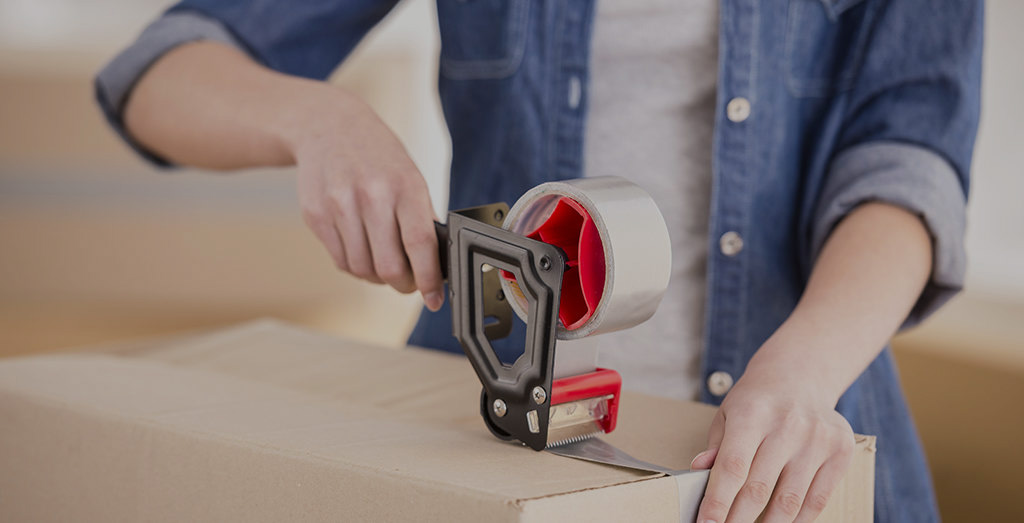For some people, the very thought of moving out of their house fills them with dread! One of the main reasons is their STUFF…what will I do with it all?
An interesting research project at the University of Kansas is learning more about why we love our stuff so much, and why it’s so hard to let it go. It’s called the Household Moves project. A team of sociologist, anthropologist and psychologists interviewed 1,300 people about their stuff: why holding onto too much stuff is a problem and what holds people back from parting with their stuff.
Why is it so hard to part with our STUFF?
For some people, the very thought of moving out of their house fills them with dread! One of the main reasons is their STUFF…what will I do with it all?
An interesting research project at the University of Kansas is learning more about why we love our stuff so much, and why it’s so hard to let it go. It’s called the Household Moves project. A team of sociologist, anthropologist and psychologists interviewed 1,300 people about their stuff: why holding onto too much stuff is a problem and what holds people back from parting with their stuff. The first thing they learned was – people have too much STUFF! The second thing they learned was – our stuff has a huge emotional value to us, and for a number of reasons:
Our stuff becomes more valuable because of the labour we invest to keep it.
Take a simple houseplant for example…We water and feed the little sprout, move it in and out of the sun, trim its dry leaves – sometimes over a period of years. The next thing you know we’ve developed an emotional relationship with a plant! The idea of giving it away tugs at our heartstrings. This phenomenon is magnified when you think about the time and care we invest in polishing a dining room table week after week or spend years fixing an old car.
I once worked with a woman who kept an old, broken vacuum cleaner in her garage. I assumed it would not be going with her to her brand new condo, but I was wrong. When I asked why she kept it she explained that, shortly after the death of her husband, she’d assembled the vacuum from a kit. It was the first constructive thing she’d done as a single person.
25 years after her husband’s death she was still proud of that afternoon putting the pieces together and the realization that life would go on, after all.
Our stuff symbolizes who we are, who we were or who we may be again.
We keep things that represent life experiences, talents, the successes, we are most proud of…trophies, school report cards, our children’s old toys and blankets. Researchers call this our “material biography” – our story in STUFF.
I remember an older gentleman we once helped move, who refused to part with a collection of bowling balls. He was recovering from a broken hip and he hadn’t bowled in years, but his collection reminded him of that vital, active man he had once been – and whom he hoped to be again.
Our stuff connects us with people.
The tablecloth that Gramma only used for Christmas dinner, our parent’s wedding pictures, a bracelet from a high school sweetheart…looking at and touching these things conjure up memories and feelings from the past. We feel a responsibility to those we love and who loved us, to treasure these items. Sometime the thought of parting with them feels like betrayal or ingratitude, so we keep them.
This stuff is the hardest to let go because of their sentimental value. I still have my first baby shoes, tucked into the bottom a drawer full of unmatched socks. My mother kept them safe for 40 years before giving them to me. Now it’s my turn.


Recent Comments